| home | information | shopping | contact |
ELSAWOOL |
|
ELSA |
|
 1952 |
|
 Photo by Nancy Kelly 1999 |
 Photo by Kris Bryant 2002 |
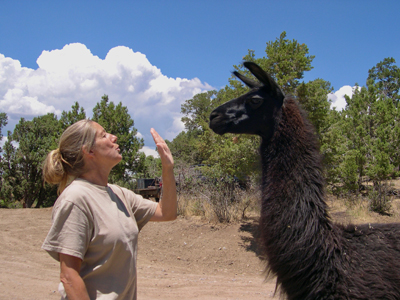 Photo by Ann Duncan 2004 |
 Photo by Laura Vandeleur 2011 |
||
THE SHEEP |
||
|
All of my products are made from the wool of purebred Cormo sheep: |
||
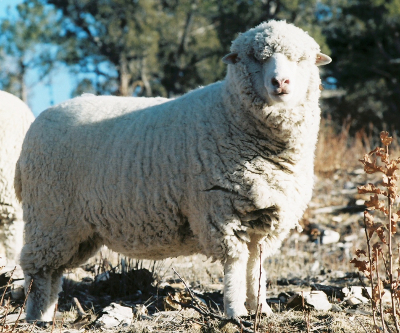 |
 |
|
THE WOOL |
|||
|
Cormo wool is fine, longer-stapled than most fine wools, very elastic, and exceptionally soft. |
|||
 |
|||
THE PROCESSES |
|
|
To transform wool |
|
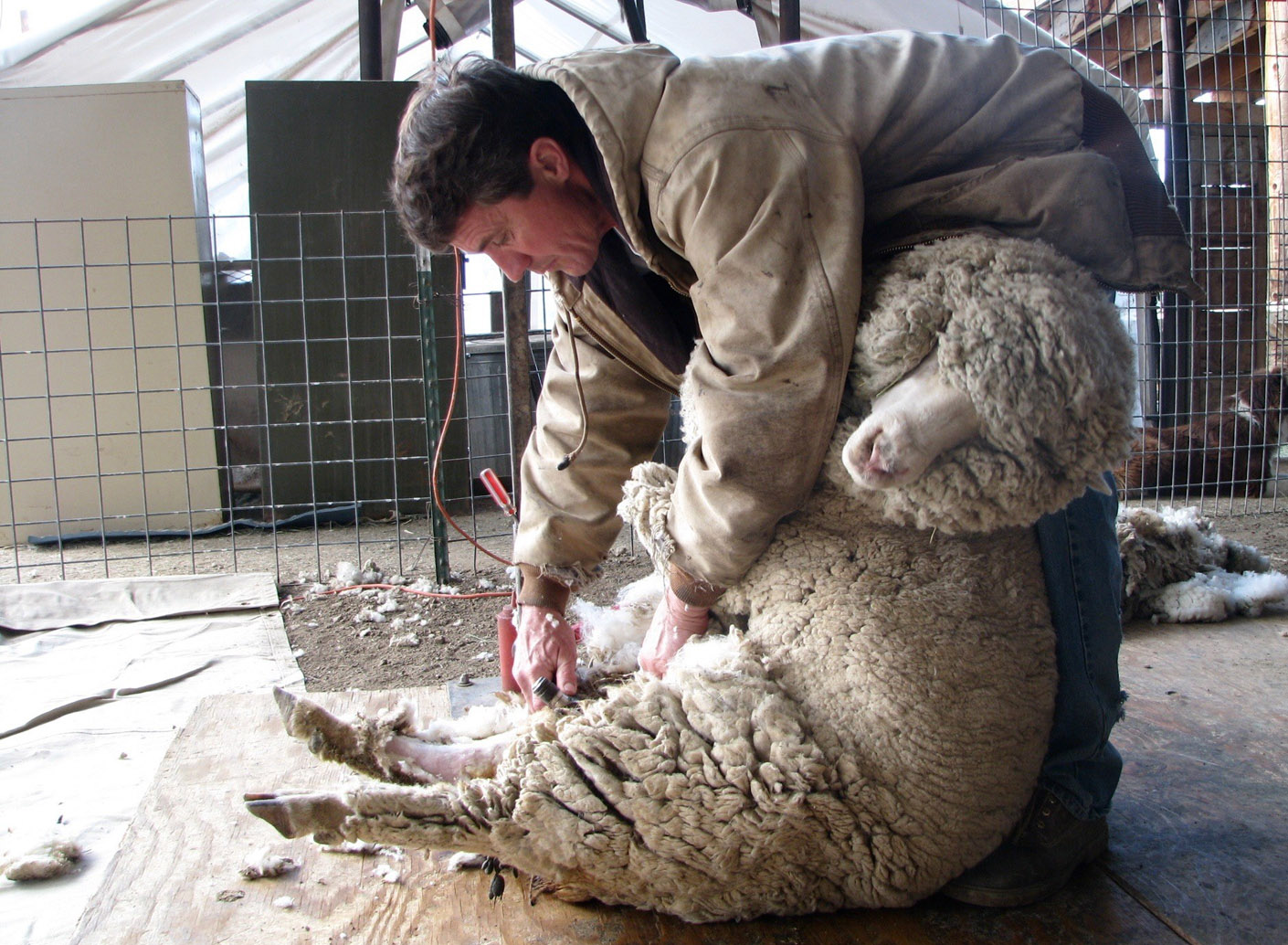 |
|
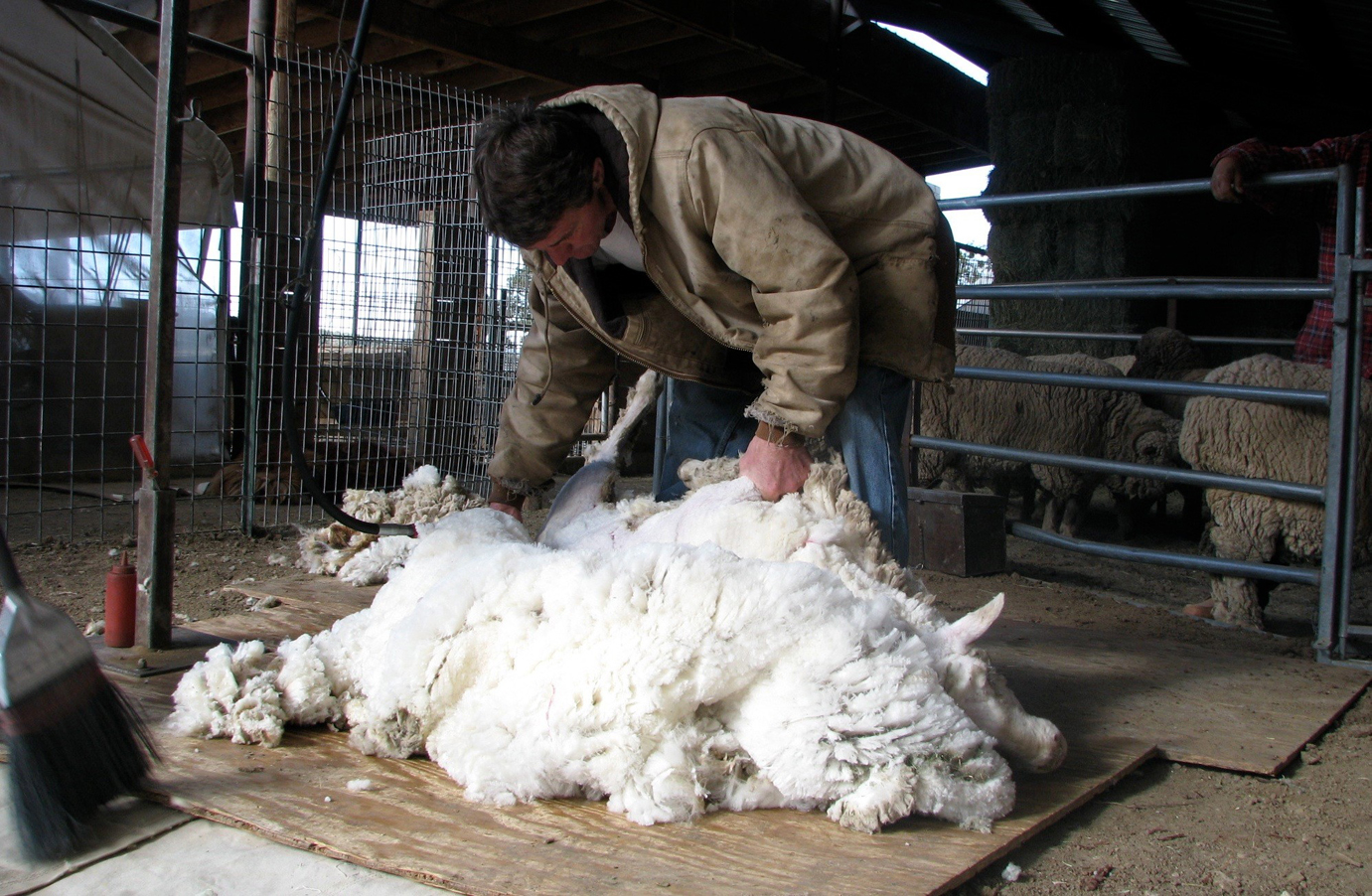 |
|
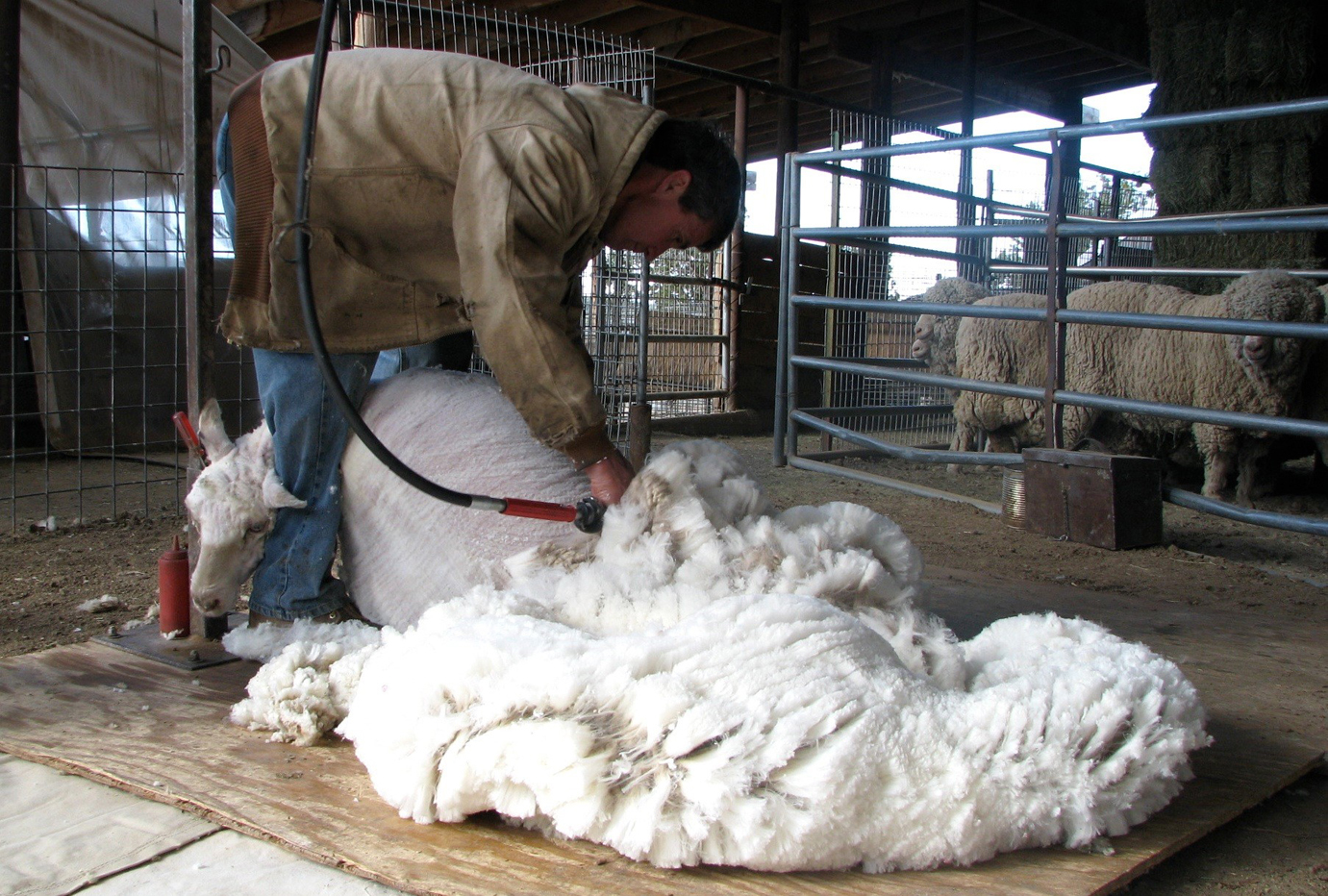 |
|
 |
|
|
|
||
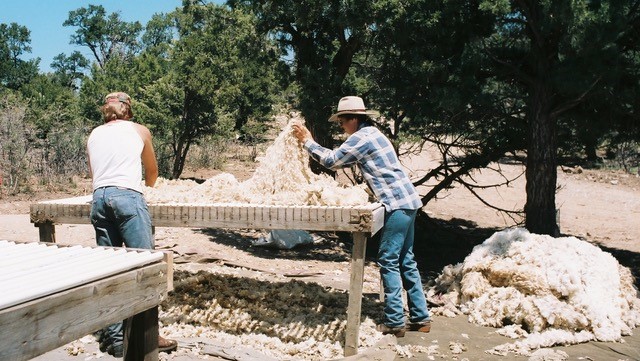 |
 |
|
|
|
||
 |
||
|
The bales of compacted wool are shipped to a scouring mill in San Angelo, Texas. |
||
|
Some of the bales of washed wool are shipped to woolen spinners in New England and made into weaving yarns. |
||||
 |
 |
|||
 |
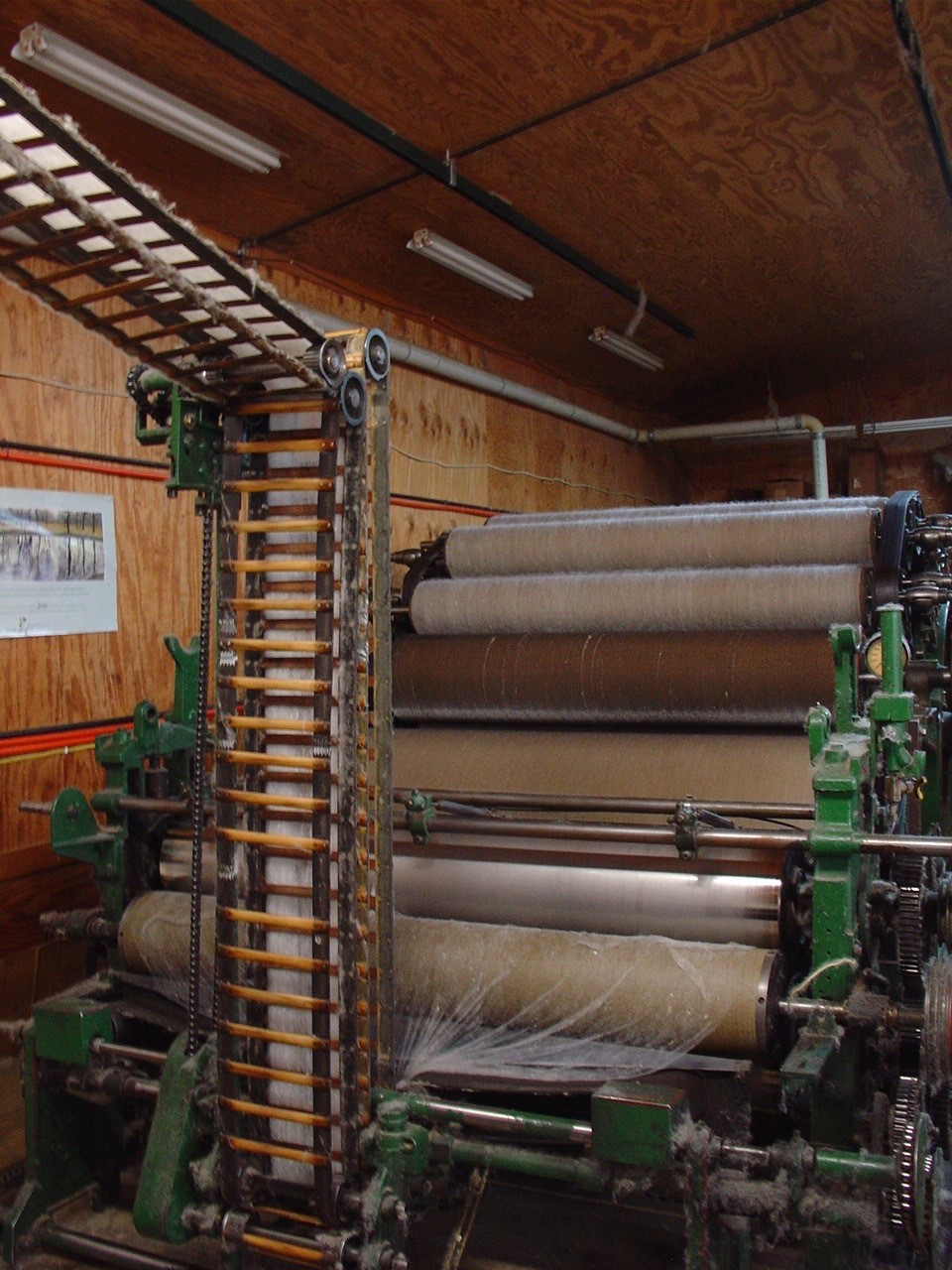 |
|||
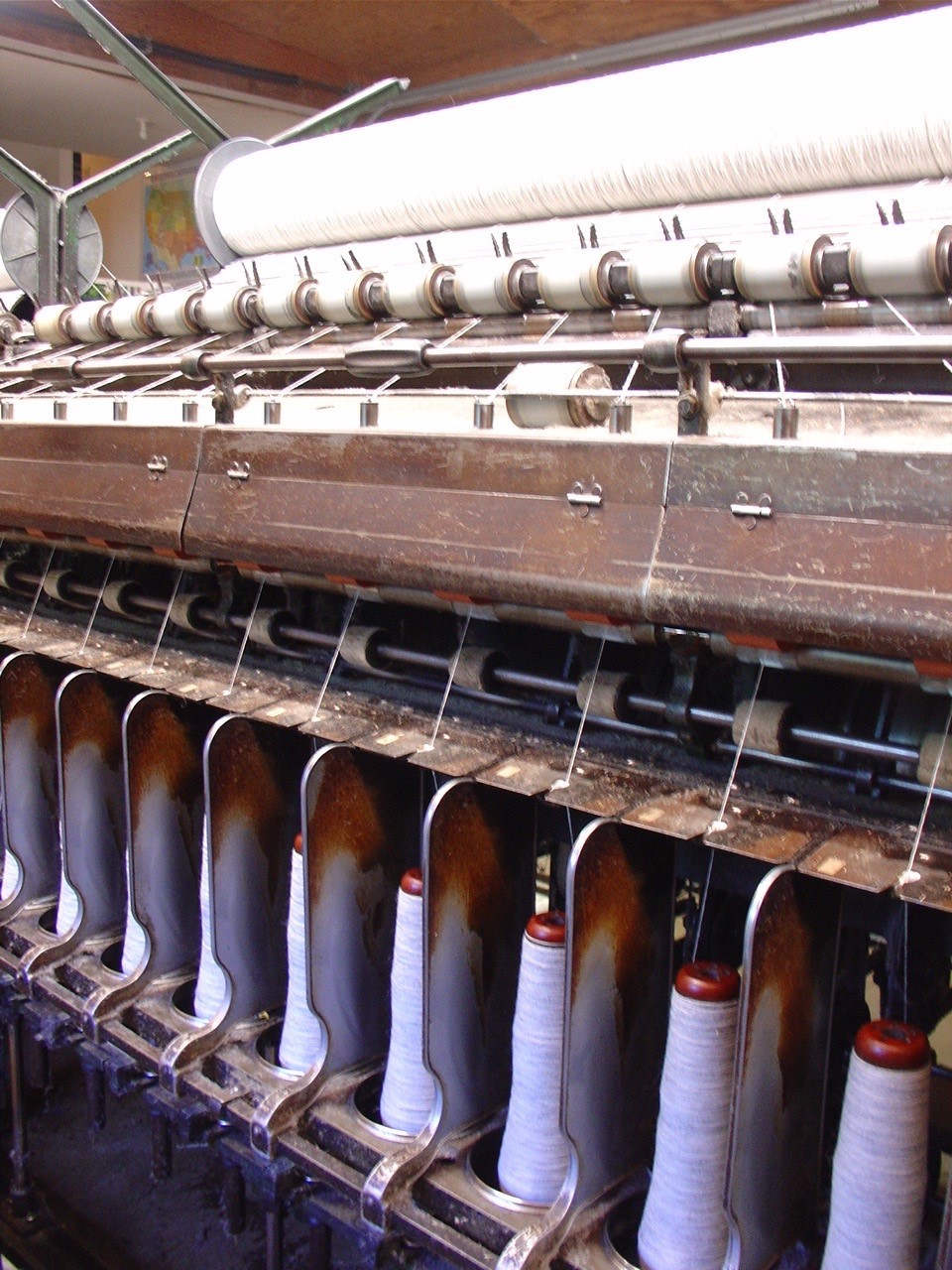 |
 |
|
Much of our wool is shipped to worsted spinning mills in the Eastern U.S., including Kraemer Textiles, Jagger Brothers, and Burlington. |
||||
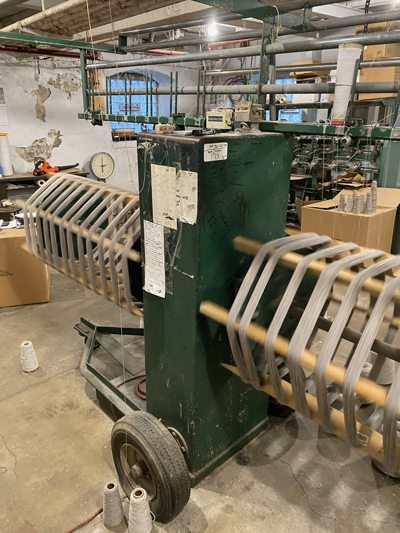 |
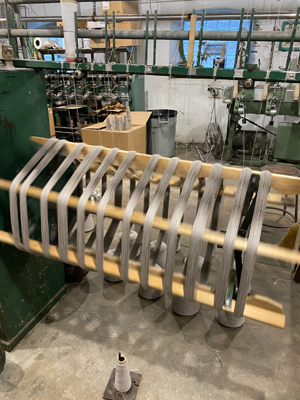 |
|||
|
Here's a video about Clemson Winding. |
|
Some yarns are shipped to small U.S. mills and knitted into fabrics; the fabrics are then cut, sewn, and turned into clothing. |
 |
 |
 |
 |
|
During all of the processes — |
THE PEOPLE |
|||
|
HELPERS |
|||
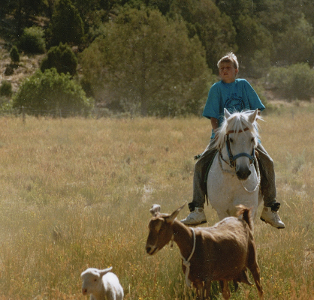 |
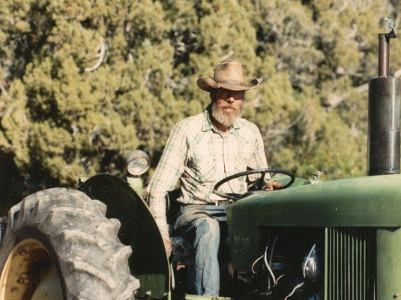 |
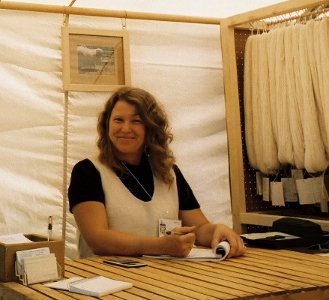 |
|
|
CUSTOMERS |
||
 |
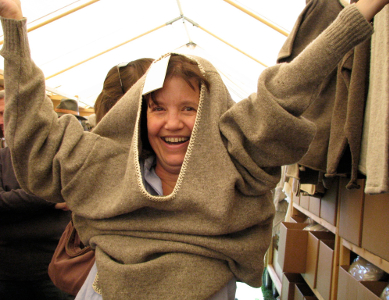 |
 Stephanie Hatfield with sweater she made from Elsawool yarns. |
© 2003-2025 All Rights Reserved
Elsawool - Colorado